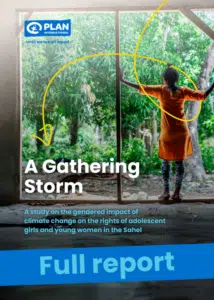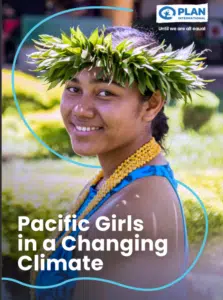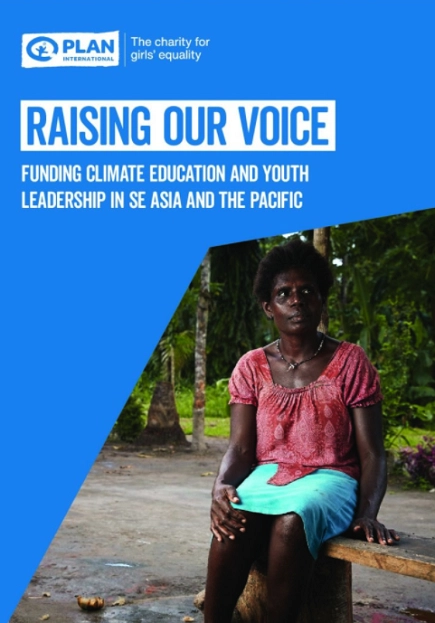The impacts of climate change are the single largest threat to the livelihoods, security and well-being of people in the Asia-Pacific region. Climate change also threatens to undo so many of the gains that we have made through Australia’s aid and development programming in the region.
In particular, climate change poses an unprecedented threat to girls’ education. Climate change impacts increase the size of the barriers to girls’ education that already exist – from being pulled out of school for domestic chores, including rebuilding seawalls, homes and toilets; to being forced into early marriages/unions, or families choosing to send boys to school if they are struggling to pay school fees, due to livelihood losses; to being unable to access school during climate-related extreme weather events such as typhoons, cyclones, flooding and rising sea levels. Further, we know that when girls lose their education during humanitarian emergencies, they rarely get sent back to school.
Yet, girls’ education is also one of the more powerful – and often overlooked – solutions to the climate crisis. Even though girls are significantly impacted by climate change, they are also powerful agents of change capable of strengthening a country’s response to climate change. Girls around the world tell us they want to be part of the solutions that will address climate change; the solutions that will help their communities and the world.
This summary report highlights the key findings and recommendations from Plan International Australia’s technical report Mapping the financing for Climate and Girls’ Education in SE Asia and the Pacific, which provides the policy overlay to supporting young people’s calls to action as outlined in Plan International’s Reimaging Climate Education and Youth Leadership survey report.



